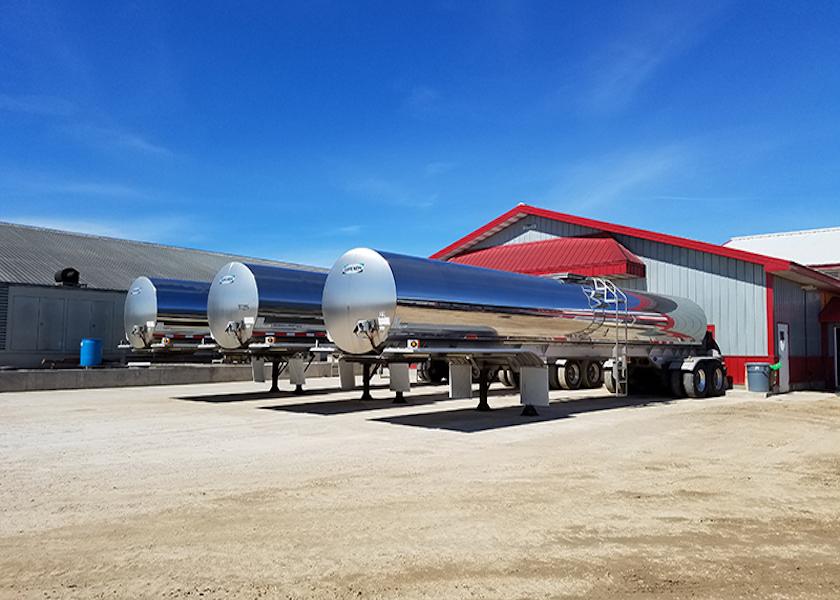Labor and Truck Shortages Shift Milk Flows

Supply chain issues and labor shortages continue to disrupt the dairy industry, impacting processing schedules. Even though milk production continues to best prior-year volumes, processors are running into mounting issues that could weigh on dairy product production in coming weeks, according to Monica Ganley, analyst with the Daily Dairy Report and principal of Quarterra, a consulting firm in Buenos Aires.
“Dairy plant operators are frustrated by a scarcity of labor, and many say that given milk availability and dairy demand, they would happily run their plants harder if they could only hire the needed labor,” Ganley says. “Transportation complications are also hitting processors who are paying astronomical logistical costs and coping with a scarcity of drivers. While dairy products are plentiful for now, these issues could work to keep markets tight in coming weeks.”
Milk is already flowing from balancing plants into cheese operations to meet today’s robust demand and that is leaving less milk available for dryers. According to USDA’s latest Dairy Products report, year-over-year cheese production increased 3.5% in July, with gains seen in both the American and Italian varieties. The fact that production of both these key cheese categories posted increases in July supports the notion that demand for cheese has been very robust in both foodservice and the retail channel, Ganley notes.
“Milk drying plants have also been trading out production of skim milk powder for nonfat dry milk,” she says. “This signals a slowdown in export demand as logistical problems persist and U.S. milk powder exports increasingly shift away from distant destinations in Southeast Asia toward Mexico.”
The shift out of skim milk powder (SMP) and into nonfat dry milk (NDM) was evidenced by a 16.8% year-over-year drop in SMP production in July, while NDM output slipped a more modest 5.3% in July.
Year-over-year butter production in July dropped for the first time since April due primarily to labor shortages that prevented churns from running as heavily as butter makers might have liked. Ganley notes that the situation was particularly pronounced in California where a lack of truck drivers and plant workers drove a 6.8% decline in butter production, compared to July 2020.
The truck driver shortage has been occurring for the past decade, but it has become more pronounced due to pandemic-driven disruptions, and it is expected to worsen in coming years. According to Redwood, a third-party logistics company based in Chicago, more than 68% of the country’s freight is moved by trucks, and the U.S. has a shortage of about 48,000 drivers. By 2024, increasing demand for truck freight could lead to a shortage of 330,000 drivers, Redwood said. This has and will continue to lead to significant impacts on supplier costs as well as more shipping delays. And the dairy industry is unlikely to escape the shortage.







